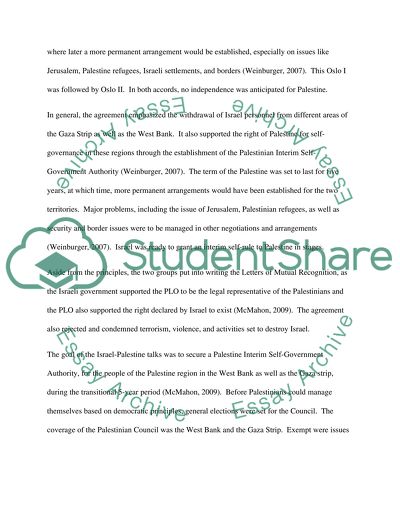Cite this document
(“Why did the Oslo Peace Process fail Dissertation”, n.d.)
Retrieved from https://studentshare.org/history/1404309-oslo-peace-process-dissertation
Retrieved from https://studentshare.org/history/1404309-oslo-peace-process-dissertation
(Why Did the Oslo Peace Process Fail Dissertation)
https://studentshare.org/history/1404309-oslo-peace-process-dissertation.
https://studentshare.org/history/1404309-oslo-peace-process-dissertation.
“Why Did the Oslo Peace Process Fail Dissertation”, n.d. https://studentshare.org/history/1404309-oslo-peace-process-dissertation.


